Standard protocol. Nose down crash from a 200ft hovering position sort of indicates power failure ? I have read that the low level hovering is quite the risky part of its entire sortie routine.
One thing in the aftermath of any accident like this, its the people who hold some grievance against would be the ones who get quoted by the media while remaining anonymous, not the team that would be investigating, or someone in service technical person or the survivor pilot/technicians like HAL refusing to comment, correctly. This is very prevalent in that report above. Almost certainly those several military officers etc are all retired and on the call list of the reporter.
One thing in the aftermath of any accident like this, its the people who hold some grievance against would be the ones who get quoted by the media while remaining anonymous, not the team that would be investigating, or someone in service technical person or the survivor pilot/technicians like HAL refusing to comment, correctly. This is very prevalent in that report above. Almost certainly those several military officers etc are all retired and on the call list of the reporter.


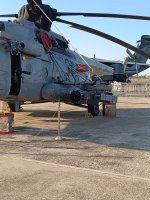

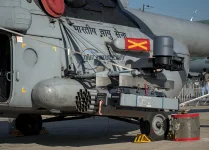
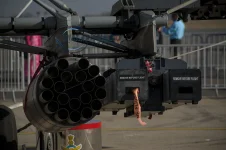


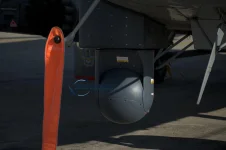



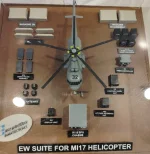





 Come on, now.
Come on, now.


